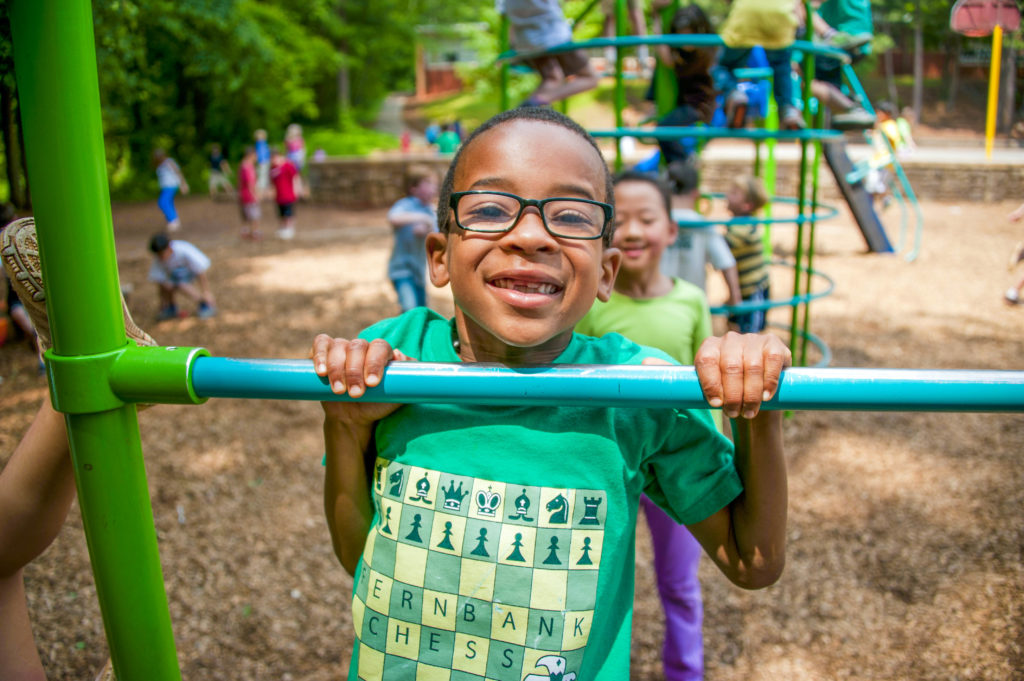School is out! Let summer break be a great opportunity to continue your child’s learning and growth.
While summer can bring parents a welcome relief from making lunches and school drop-off and pick-up, it also offers time for kids to build valuable skills. Social skills programs are offered in several cities by different service providers and can offer a structured, play-based environment for children to build essential social, communication, cognitive, and sensory skills. Kids have fun and make friends as they learn while maintaining a helpful routine for themselves and their parents.
Many skill-boosting summer programs take place in group settings that are similar to the school environment, while still providing one-to-one support. These specialized programs promote collaboration and inclusion of peers and some welcome siblings, too.

Make Friends
Social skills programs provide activities that encourage and reward the building of social relationships rather than individual play. Children are grouped with other kids of the same age group and skill level, enabling them to share in age-appropriate games, activities, and communication. Groups are led by highly-trained staff, known as behavior technicians (BTs), who are overseen by behavior analysts. BTs encourage kids to get out of their comfort zone and try new things.
Stay Mentally and Physically Active
School breaks can impact children academically. The “summer slide” as it is called, refers to a loss of learning that students experience during the summer months. Social skills programs can help children stay mentally and physically active. While promoting positive behaviors and peer interaction, physical activity is suggested to improve self-esteem and general levels of happiness.

Improve Motor Skills
Engaging in physical play and teamwork exercises can also support overall motor skills, which support many everyday activities. This can help children feel more confident and capable.
Behavior Management
By consistently promoting positive behaviors and language, a child can learn what they can do rather than what they cannot do. Social skills programs offer valuable learning opportunities for kids to communicate their needs and engage in behaviors that help them in daily activities and in different environments.
Click here for other summer-themed blogs to support your family this season.





